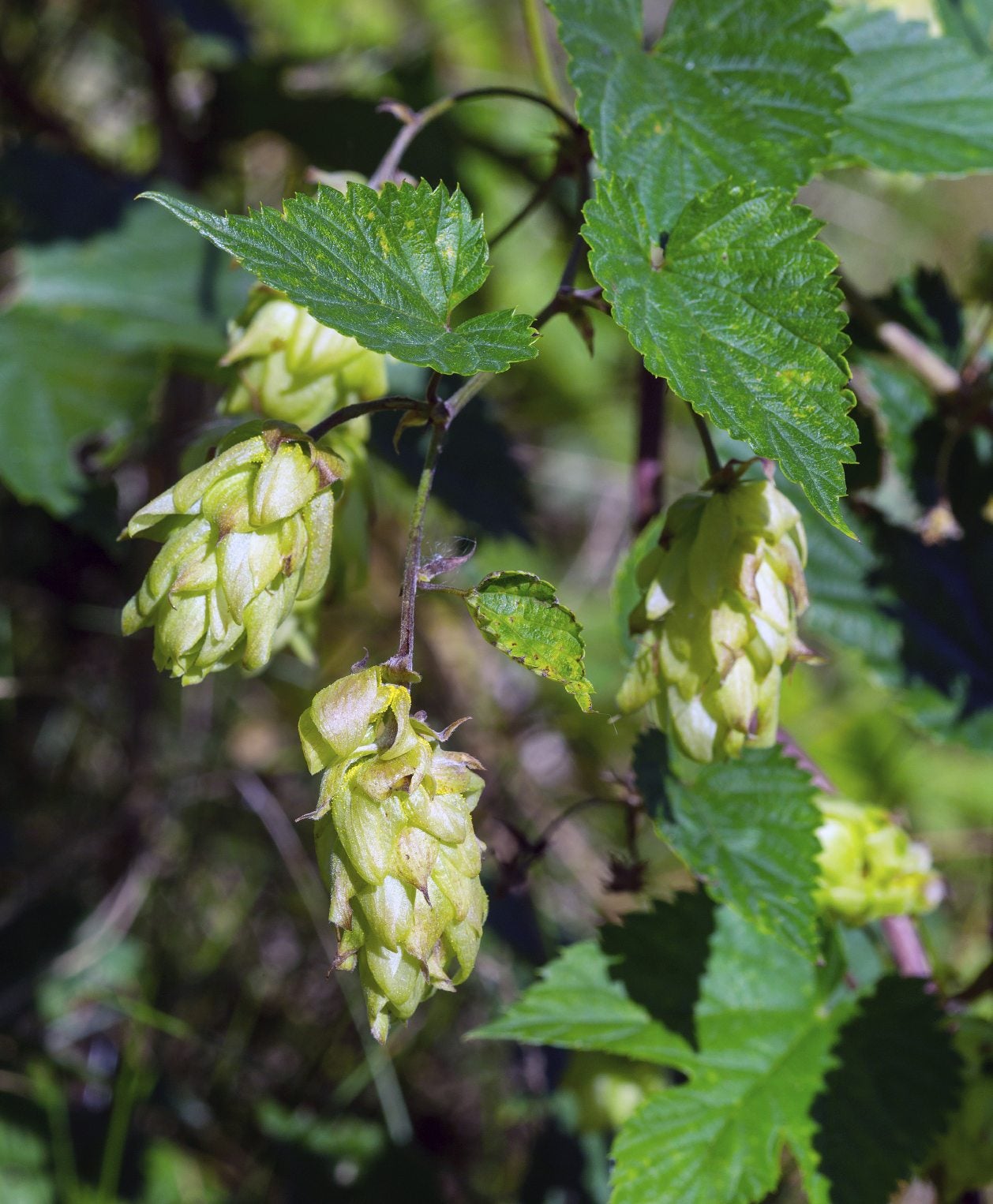
Hops (Humulus lupulus) are a rapidly growing, perennial bine. (No, that's not a typo-- while vines grab hold of things with tendrils, bines climb with the help of stiff hairs). Hardy to USDA zone 4 to 8, hops can grow up to a whopping 30 feet (9 m.) in a year! To attain this amazing size, it isn’t any wonder that they like to be fed every so often. What are hops fertilizer requirements? The following article contains is a hops fertilizer guide for how and when to feed hops plants.
Hops Fertilizer Guide
Hops fertilizer requirements include the macronutrients of nitrogen, phosphorus, and potassium. Other trace minerals are necessary for growth as well, such as boron, iron, and manganese. The correct nutrients should be in the soil prior to planting, but they must on occasion be replenished or supplemented during the growing season as the hops utilize the food to grow and produce. Run a soil test on the area where the hops will be growing if you are not going to use standard application rates of fertilizer. Test each year in the spring. Take several samples from the area to get an accurate reading. Then you can test them yourself or send them to a testing laboratory. This will give you precise information on exactly where your soil is lacking nutritionally so you can take steps to amend it.
How and When to Feed Hops Plants
Nitrogen is necessary for healthy bine growth. The standard application rate is between 100 and 150 pounds per acre (45-68 kg. per 4,000 m2) or about 3 pounds of nitrogen per 1,000 square feet (1.4 kg. per 93 m2). If your soil test results show that the nitrogen level is below 6 ppm, add nitrogen at this standard application rate. When should you apply nitrogen hops plant fertilizer? Apply nitrogen in late spring to early summer in the form of commercial fertilizer, organic matter, or manure. Phosphorous is needed in far lesser amounts than nitrogen. Hops plants have a low phosphorous requirement and, in fact, fertilizing hops plants with additional phosphorous has little effect. A soil test will tell you if, indeed, you even need to apply any additional phosphorous. If the results are less than 4 ppm, add 3 pounds of phosphorous fertilizer per 1,000 square feet (1.4 kg. per 93 m2). If the results are between 8 and 12 ppm, fertilize at a rate of 1 to 1.5 pounds per 1,000 square feet (0.5-0.7 kg. per 93 m2). Soils with a concentration of over 16 ppm do not need any additional phosphorous. Potassium is next in importance for growing hops. Fertilizing hops plants with potassium ensures healthy cone production as well as bine and foliage health. The standard application rate for potassium is between 80 and 150 pounds per acre (36-68 kg. per 4,000 m2), but your soil test with help to determine the exact ratio. If the test result is between 0 and 100 ppm, fertilizer with 80 to 120 pounds of potassium per acre (36-54 kg. per 4,000 m2). If the results say the levels are between 100 and 200 ppm, apply up to 80 pounds per acre (36 kg. per 4,000 m2).
Sign up for the Gardening Know How newsletter today and receive a free copy of our e-book "How to Grow Delicious Tomatoes".

Amy Grant has been gardening for 30 years and writing for 15. A professional chef and caterer, Amy's area of expertise is culinary gardening.
